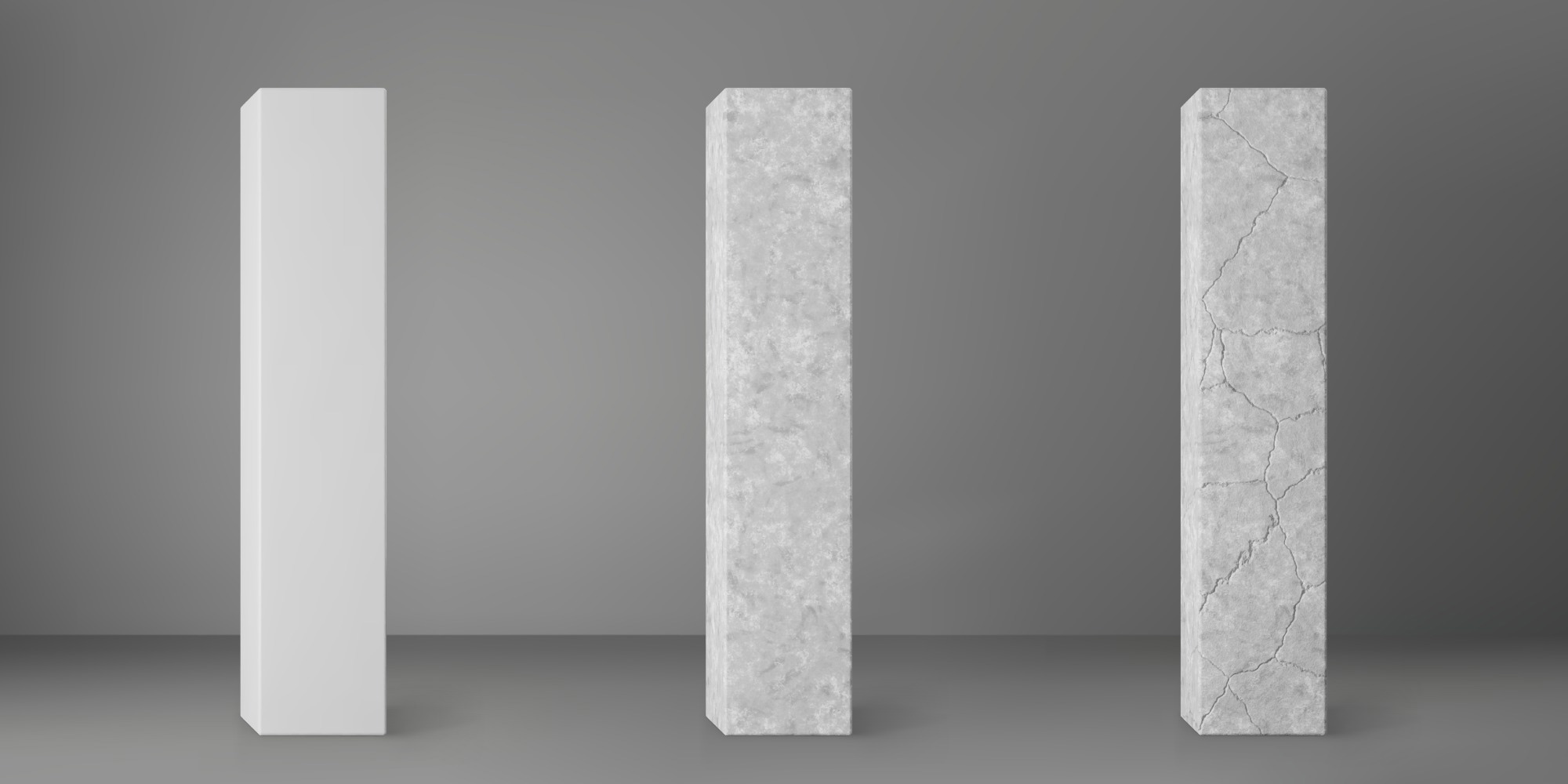Researchers have identified an optimal combination of bentonite (BN), silica fume (SF), and polypropylene fibers (PPFs) that significantly enhances the strength, durability, and acid resistance of structural concrete.

Study: Influence of bentonite, silica fume, and polypropylene fibers on green concrete for pavement and structural durability. Image Credit: Evgenia Vasileva/Shutterstock.com
A recent study published in Scientific Reports explored how these materials—used together—affect the mechanical performance, workability, and long-term durability of concrete. The team conducted experimental tests on 17 concrete mixtures using two BN replacement levels (5% and 15%), five PPF dosages (from 0.25% to 1.25%), and a constant 10% SF content.
Background
As construction industries worldwide seek more sustainable alternatives to traditional Portland cement, supplementary cementitious materials (SCMs) have become a focus for reducing concrete’s environmental footprint. This study builds on that momentum by examining how multiple SCMs—and synthetic fiber reinforcement—can work in tandem to improve concrete performance, rather than relying on single-material substitutions.
Bentonite, a naturally occurring clay, is known for its fine particles and high alumino-silicate content, which help refine pore structure and reduce permeability. Silica fume, an industrial byproduct, is widely recognized for its pozzolanic reactivity and its ability to boost strength and long-term durability.
At the same time, polypropylene fibers are commonly added to concrete to improve ductility, cracking resistance, and toughness. While each material has proven benefits on its own, this research explored what happens when they’re used together—and how their combined effects play out in a controlled experimental setting.
Designing the Experiment: Materials, Mixes, and Methods
To test these interactions, the researchers developed 17 distinct concrete mixtures. Ordinary Portland cement (OPC) served as the base binder, with BN replacing 5% or 15% of the cement by weight. Each mix also included a constant 10% silica fume and varying amounts of PPFs—ranging from 0.25% to 1.25% by volume of concrete.
A consistent water-to-cement ratio of 0.5 was maintained to ensure uniform hydration. Concrete samples were then cast into different shapes and sizes to measure a range of physical and durability properties, including:
- Workability (slump test)
- Compressive strength (cubes: 150 × 150 × 150 mm)
- Split tensile strength (cylinders: 150 mm × 300 mm)
- Flexural strength (beams: 100 × 100 × 500 mm)
- Water absorption
- Acid resistance (via immersion in 5% sulfuric acid for 56 days)
- Chloride migration resistance
How the Mixes Performed
The results showed clear patterns in how the materials interacted—both positively and negatively.
Starting with workability, the slump values declined as more SCMs and fibers were introduced. The control mix (no BN, SF, or PPF) had the highest slump at 85 mm, indicating better flow. In contrast, the mix with 15% BN, 10% SF, and 1.25% PPF recorded the lowest slump (51 mm), reflecting the combined stiffening effect of these additives.
When it came to mechanical strength, the standout performer was the mix containing 5% BN, 10% SF, and 1% PPF, which achieved a 30% increase in compressive strength over the control. This improvement was attributed to enhanced interfacial bonding and a denser microstructure. However, increasing BN or PPF beyond optimal levels began to counteract these benefits. In mixes with 15% BN and 1.25% PPF, the compressive strength slightly decreased—likely due to fiber clumping (fiber balling) and increased void formation.
A similar trend emerged with tensile and flexural strength, where moderate SCM and fiber levels produced the best outcomes. Excessive BN, on the other hand, appeared to disrupt hydration and fiber distribution, leading to a weaker cement matrix.
The durability results reinforced the strength findings. The mix with 5% BN, 10% SF, and 0.75% PPF reduced water absorption by 28.5% compared to the control, suggesting a more impermeable concrete. That same mix also performed best in chemical exposure tests—showing a 38.5% improvement in sulfuric acid resistance and a 2.6% reduction in chloride ion migration.
However, durability gains dropped off at higher BN contents. As the bentonite percentage increased, more water was required for dispersion, leaving less free water for proper workability. Additionally, excessive BN contributed to increased porosity, which weakened the concrete’s resistance to chloride penetration.
Striking the Right Balance: Key Takeaways
The study’s findings point to a clear takeaway: the combined use of BN, SF, and PPFs can significantly enhance concrete performance—but only when used in the right proportions.
- Best overall strength was achieved with 5% BN, 10% SF, and 1% PPF
- Best durability (acid and chloride resistance) came from the mix with 0.75% PPF
- Workability declines rapidly with higher BN and PPF levels, requiring mix design adjustments (e.g., superplasticizers)
This research underscores the importance of balance. While these additives can improve strength, impermeability, and chemical resistance, their overuse introduces new challenges, from fiber dispersion issues to reduced workability and hydration.
Journal Reference
Khan, A. M., Elahi, A., Waqas, R. M., Kirgiz, M. S., Nagaprasad, N., & Ramaswamy, K. (2025). Influence of bentonite, silica fume, and polypropylene fibers on green concrete for pavement and structural durability. Scientific Reports, 15(1). DOI: 10.1038/s41598-025-13313-8. https://www.nature.com/articles/s41598-025-13313-8
Disclaimer: The views expressed here are those of the author expressed in their private capacity and do not necessarily represent the views of AZoM.com Limited T/A AZoNetwork the owner and operator of this website. This disclaimer forms part of the Terms and conditions of use of this website.